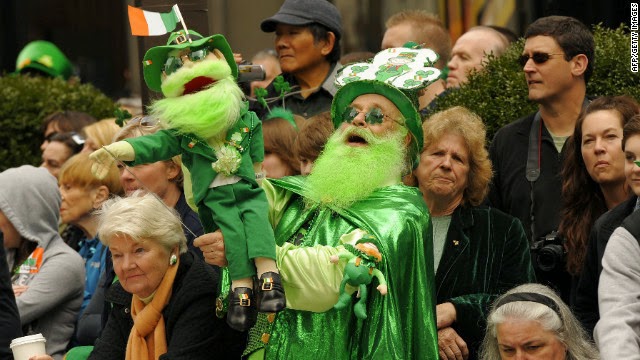Location: New York City and Washington D.C.
Year: 1812-1881
Fernando Wood (1812-1881) was the ultimate Tammany Hall machine politician.
Born in Philadelphia, Pennsylvania, he grew up in New York City, where he became a cotton merchant.
Wood first went to Congress as a Tammany Democrat from 1841 to 1843, where he had an unremarkable two-year term. However, he paid his political dues in full and soon commanded the stage.
Elected Mayor of New York City in 1855, Fernando Wood proved himself so corrupt that the New York State Assembly voted to shorten his term by two years. Not that it helped --- he recruited the notorious street gang the Dead Rabbits to stuff ballot boxes with names they'd lifted from tombstones and got himself reelected handily.
In 1857, Wood bought the New York City police force. Literally bought it. Decent folk in New York City were so outraged that they took their grievances to Albany again. New York’s Finest was legislatively dissolved as a result, and was immediately reconstituted under new laws. Presaging his Secessionist future, Wood refused to acknowledge the New York State Assembly’s authority over New York City.
Holed up in City Hall with “his” police force (the now illegal “Municipals”) Wood fought a pitched battle with the “Metropolitans” (the legally-constituted NYPD). 52 police were injured in street fighting, several severely. Wood refused to surrender until State Militia arrived with artillery, ready to blast City Hall to smithereens.
Regardless of his more-than-checkered past, Wood was returned to the Mayor's office again in 1860. In the early days of the Civil War, Mayor Wood declared his sympathies for the South. He led a faction of politicians, businessmen, slave traders and thugs who wanted to declare New York a “Free City” and take it out of the Union.
When even his Tammany bosses chose not to implement this scheme, they mollified Wood by sending him back to Congress (1863-1865), where he became the leader of the pro-Confederate, anti-war, anti-black, anti-Lincoln Copperheads, “an aptly-named dense obstructive object” in the words of Thaddeus Stevens, his nemesis, who was leader of the Radical Republicans.
Wood was an articulate speaker who enjoyed shock value in a time when it truly did shock. Wood's vitriolic attacks on Republicans, and particularly upon President Lincoln, whom he referred to as "King Abraham Africanus The First," upon Abolitionists, and upon blacks, whom he referred to in the vilest terms imaginable, became legendary in a House of Representatives already famous for its vituperativeness. He stunned many of his 19th Century colleagues by introducing obscenities into the Congressional Record in an era when "damned" was spelled "d----d" if it was spelled at all. Wood was not deterred, even by censure.
In his last and longest Congressional stint (1867-1881) he was Chairman
of the House Ways and Means Committee and undoubtedly contributed much
to the Public Debt of the United States.
A thoroughly unrepentant
scoundrel, Wood died while on vacation in Hot Springs, Arkansas in 1881.






.jpg)



































.JPG)






